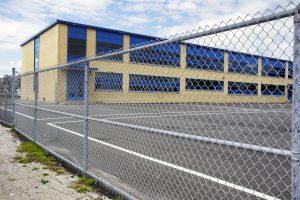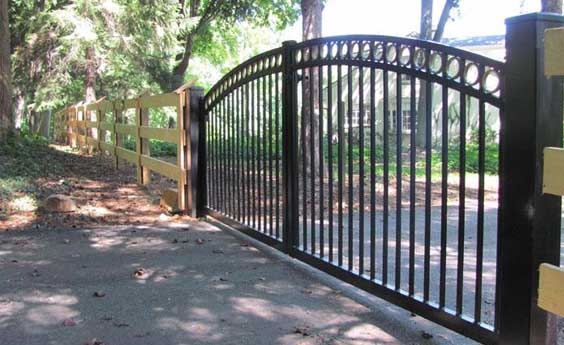RULES FOR INSTALLING FENCES AND HEDGES.
When we were hired by a client to help install a fence around his home, he was quite sure of the design he wanted. However, there was a problem that he had overlooked, making his wish impossible to execute. Just outside, his house was an intersection between a driveway and pedestrian traffic. At first, he was disappointed. Still, we needed to explain to him that before installing any fence or hedge around his house, he needed to be familiar with the rules and regulations that govern the process. We explained that it was impossible to put up the 6-feet high fence at his urban residential home and its dangers. These rules and regulations include:
Fences in Urban Residential Districts

When it comes to the installation of a fence around your home, there are a few questions that go with it. Other than the elaborate planning that goes into the exercise, you need to figure out how, where, and what rules govern you having a fence. Since it is a residential district, you need to consult with a lot of people before setting up the fence. Over the years, there have been a lot of court cases between neighbor’s concerning their boundaries. One built up a fence, and it extended to the neighbor’s land. These conflicts can easily be put to rest when you take your time to understand how fences in urban residential districts work. There are a few rules, set by the state that you need to observe.
Rules and regulations for installing a fence in an urban residential district.
I order to avoid conflict between state, neighbor, and other road users, you must observe the rules when it comes to your fence. These rules include:
All fences and hedged installed in a residential home should not be taller than 3 feet. This is applicable if the fence is within any portion of a 20 feet lot of the front lot line. For any other part of the lot, the fence or hedge should not exceed a, 8 feet height.
At the corners, the fence, along the exterior lot sideline, the fence can be as high as 8 feet. However, the 3 feet height limitation comes to effect when there is a 40-foot sight clearance triangle. This is important as it maintains a clear line of sight for drivers to see the other side of the road. Secondly, the limitation applies to a sight clearance triangle that is within 20-feet, where the rear corner of the fence touches the front or side yard of a vital lot.
Whenever you need architectural approval for a specified site, you can modify some of the rules through the architecture. You can do this during the site approval process.
There are times when you can appeal to the provisions of the design reviews. These cases are only for the fences that must exceed the height limitation. It could be an enclosure for a basketball or tennis court or physical circumstances such as an uneven ground level. Also, if you need to be consistent with the neighborhood character of maintaining high fences, then there could be an exception.
Rules and regulation for fences in rural districts

Rural areas have less traffic for both people and cars. As a result, the height regulations for these places are much higher compared to the urban regions. However, to install a fence in the rural district, there are a few rules you need to know. These include:
For any portion of the lot, within a 20-feet distance from the edge of any street right of way, you can erect a fence or hedge that is up to 6-feet tall. However, when two or more roads are intersecting at the point, you need to leave a sight clearance as specified by the law.
All fences must be constructed in such a way that they leave a clear line of sight for drivers exiting a driveway or approaching one. Therefore, for these intersections, no fence shall be higher than 3-feet, unless the planning committee reviewed the design and granted their approval.
If you wish to build a fence that is 8 feet high or less, you can do so comfortably at any part of your property, except for the areas above mentioned.
You can appeal to the size of the fence through your architecture, and await the green light once the site approval process commences.
Finally, if you have viable reasons that require you to exceed the height limitations in your area, you can review the matter.
